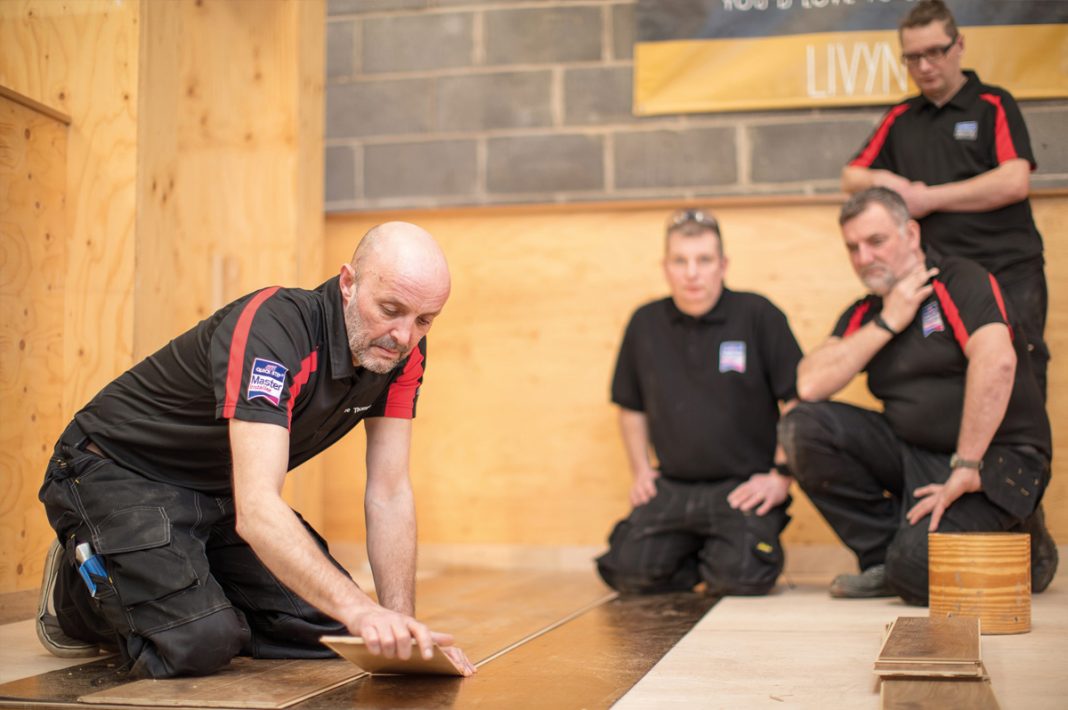THE Academy for Excellence in Flooring is said to be among the UK industry’s best training facilities, upskilling installers to deliver the very best in wood, laminate and LVT installations.
As a centre of technical excellence, the academy provides the knowledge and skills to overcome the challenges that can adversely affect LVT installations’ quality. With LVT susceptible to subfloor condition and the ambient environment, correct preparation and selection are a significant factor in the long-term viability of the installation.
While the catastrophic consequences of not allowing sufficient expansion gaps at perimeters with wood flooring are well known, there is less knowledge surrounding LVT floors and the issue of movement. However, during training courses at the academy, installers learn that not paying sufficient attention to expansion can lead to failure of an otherwise perfect LVT installation.
Lee Thompson, procurement and technical manager explains: ‘Just like other floors such as laminate and wood, LVT must be given sufficient room to move. Almost entirely constructed from PVC, LVT is susceptible to changes in ambient conditions, expanding and contracting as the room heat and cools.
‘The thermoplastic properties of LVT is why using some conventional click PVC floors in conservatories is a bad idea. The floor softens under extreme heat and failing to use the correct underlayment not only causes settling and pronounced telegraphing but also weakening the click joints to the point of failure.
‘Although the lateral movement of LVT is relatively insignificant compared to wood, it can still occur, and so a consistent gap should be left. It’s only slight – at 2mm from fixed objects and perimeters (more for underfloor heating) but is crucial in maintaining the installation’s longevity.
‘Gaps can be filled with either colour-matched, white, or translucent hydro flex low modulus silicone with care taken not to overfill the gaps and leaving a flush bead. If desired, beading can be used to cover the expansion gap.’
Fortunately, at one of the academy’s training courses, you can learn how to stop failures and protect the long-term integrity of your LVT installation, as well as avoiding costly remedial work. And these courses are often cheaper and far less damaging to your reputation than just one failure owing to poor installation.
www.quick-step-academy.co.uk


